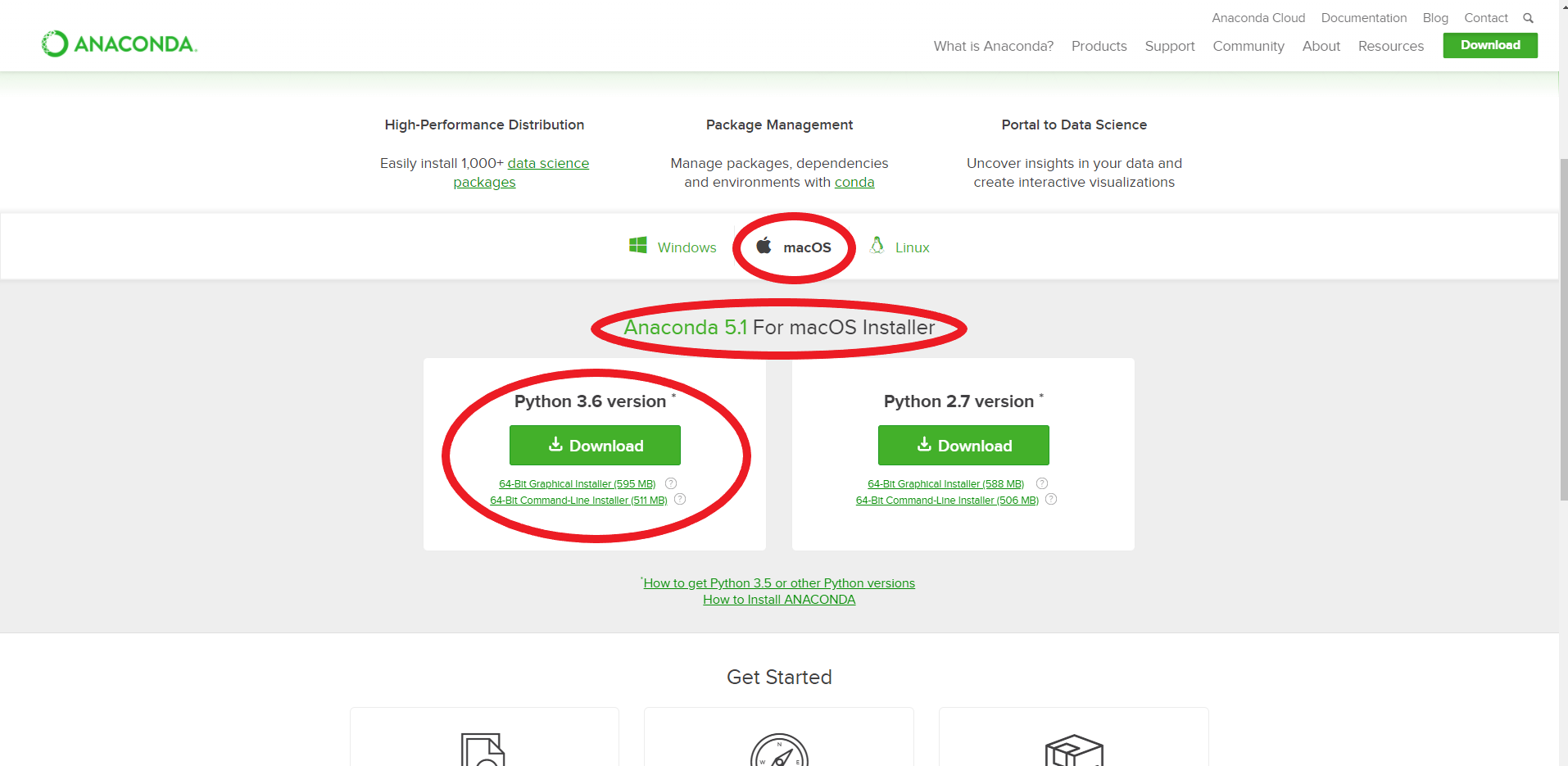

The steps below will help you download the Anaconda installer with all the packages used for data science. Setting up Python with Miniforge - Step 1: Install Homebrew - Step 2: Install miniforge - Step 3: Setup and activate a virtual environment - Step 4: Install any Python library Option 1: Setting up Python and Data Science Packages with Anaconda Setting up Python and Data Science Packages with Anaconda - Step 1: Download and Install Anaconda - Step 2: Launch Jupyter Notebook/Lab - Step 3: Install any additional library 2. Python will work fine, just keep in mind that people see a 20–30% performance penalty when running x86–64 programs with Rosetta2 compared to native ARM64 Table of Contents 1. Note: The approaches mentioned in this guide won’t help you run Python natively on the M1 Macs but through Rosetta2. Anaconda brings all the tools (including Python and Jupyter Notebook) and packages used in data science with one install, while miniforge gives you the freedom to set up the conda environment as you want, so you need to install any package on your own. In this guide, I will show you how to easily set up Python on any M1 Mac using anaconda and miniforge. Step 7.After buying an M1 Mac, I realized how confusing is to properly set up Python with all data science packages (and non-data science packages) on the new Mac models.Īccording to this long Anaconda guide to the Apple Silicon, there are 3 options for running Python on the M1 - pyenv, anaconda, and miniforge. Shortly after, a browser window should open, showing the files and folders located in the folder where you started the Jupyter server (in my case, this folder is C:\Users\ciprian\ Projects\i2p). You may be prompted to select an application to open Jupyter in. Once in the desired folder, type jupyter notebook followed by the Enter key. Once the Anaconda Prompt (or Anaconda Powershell Prompt) app opens, navigate to the desired folder, using the cd command.

The Anaconda Powershell Prompt has more bells and whistles and it is generally nicer to work with. Alternatively, you can use the Anaconda Powershell Prompt. Find and open the Anaconda Prompt app using the search bar. NOTE: For best performance, we strongly recommend Firefox or Chrome as your browser when using Jupyter notebook on a Windows computer. How to open a Jupyter notebook on Windows Shortly after, a browser window should open, showing the files and folders located in the folder where you started the Jupyter server (in my case, this folder is ~/Projects/i2p). Once you are in the desired folder, type jupyter notebook and press the Enter key. Please note that your Terminal colors and text may differ.

This quick guide will teach you how to open a new Jupyter notebook in Mac OS or Windows. How to open a Jupyter notebook on Windows.How to open a Jupyter notebook on Mac OS.


 0 kommentar(er)
0 kommentar(er)
